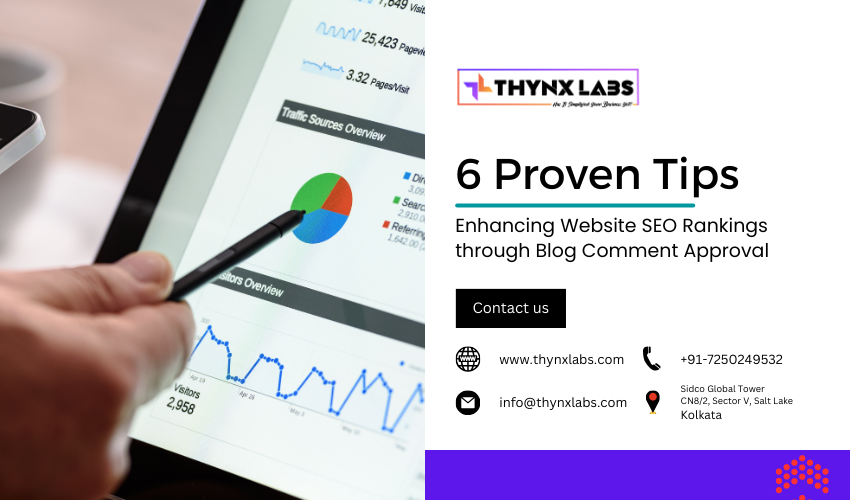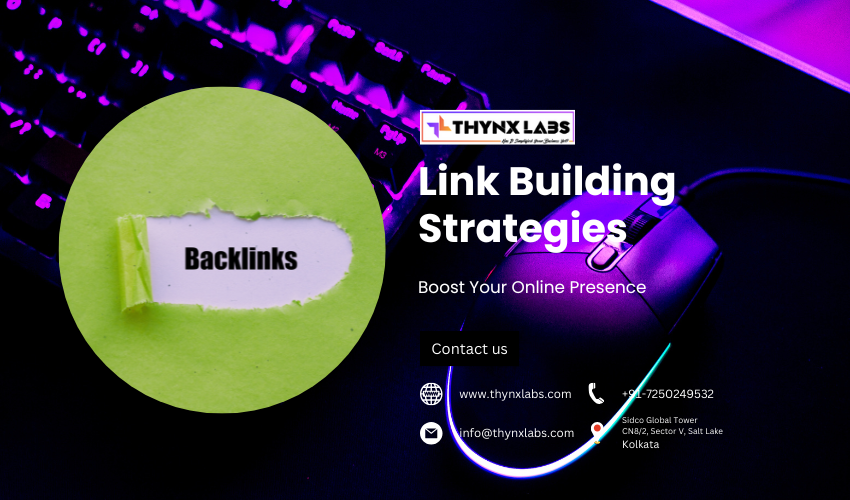SEO Tips and Tweaks to Boost Traffic to Your Website
In the competitive online landscape, search engine optimization (SEO) plays a pivotal role in driving organic traffic to your website. By optimizing your website for search engines, you enhance its visibility, making it easier for users to find your content. Here are essential SEO tips and tweaks to boost traffic to your website:
Keyword Research and Optimization
A. Research Relevant Keywords
- Long-Tail Keywords: Focus on specific, longer phrases relevant to your content, as they often have less competition and higher conversion rates.
- Competitor Analysis: Analyze competitors' keywords to identify gaps and opportunities in your niche.
B. On-Page Optimization
- Title Tags: Craft compelling and concise title tags incorporating your target keywords to attract clicks in search results.
- Meta Descriptions: Write engaging meta descriptions that summarize your content and entice users to click through to your website.
High-Quality Content Creation
A. Content Relevance and Value
- Quality Content: Create informative, engaging, and original content that addresses users' queries and provides valuable insights.
- Multimedia Elements: Enhance content with multimedia elements like images, videos, infographics, and interactive features for a richer user experience.
B. User Intent Optimization
- Understanding User Intent: Align your content with user intent—whether informational, transactional, or navigational—to satisfy visitors' needs effectively.
- Content Depth: Develop comprehensive, in-depth content that thoroughly covers topics, becoming a go-to resource in your industry.
Technical SEO Optimization
A. Mobile-Friendliness
- Responsive Design: Ensure your website is mobile-friendly and responsive, providing seamless user experiences across various devices.
- Mobile Page Speed: Optimize mobile page speed by compressing images, utilizing browser caching, and minimizing HTTP requests.
B. Website Speed and Performance
- Page Loading Speed: Improve website loading speed by optimizing images, minimizing plugins, and utilizing content delivery networks (CDNs).
- Reduce Server Response Time: Upgrade hosting, optimize server configurations, and implement caching mechanisms to reduce server response time.
Link Building and Backlink Management
A. Natural Link Building
- Quality Backlinks: Focus on acquiring high-quality backlinks from authoritative websites within your industry niche.
- Guest Blogging: Contribute guest posts to reputable websites, earning backlinks and establishing your expertise.
B. Internal Linking
- Contextual Links: Use contextual internal links to guide users to relevant content within your website, enhancing user experience and SEO.
- Anchor Text Optimization: Optimize anchor texts for internal links, ensuring they are descriptive and provide context about the linked page.
Regular Monitoring and Analysis
A. SEO Analytics
- Google Analytics: Utilize Google Analytics to track website traffic, user behavior, conversion rates, and other key metrics.
- Keyword Ranking: Monitor keyword rankings using SEO tools to identify trends, track progress, and refine your SEO strategy accordingly.
B. User Experience Analysis
- Bounce Rate: Analyze bounce rates to identify pages with high bounce rates and optimize them for improved user engagement.
- User Feedback: Gather feedback from users through surveys or comments to understand their experience and make necessary improvements.
Conclusion
Implementing these SEO tips and tweaks can significantly enhance your website's visibility, attract targeted traffic, and improve user engagement. SEO is an ongoing process that requires continuous monitoring, analysis, and adaptation to stay ahead in the digital landscape. By optimizing your website for both users and search engines, you can create a valuable online presence and drive sustainable traffic to your website.
FAQs
1. What is the significance of long-tail keywords in SEO?
Long-tail keywords are specific and detailed phrases that cater to niche audiences. They have less competition and higher conversion rates, making them valuable for SEO efforts as they attract users looking for precise information or products.
2. How does mobile-friendliness impact SEO rankings?
Mobile-friendliness is crucial for SEO rankings because search engines prioritize mobile-friendly websites in their algorithms. A mobile-friendly website provides a seamless user experience, contributing to higher rankings and increased organic traffic.
3. What is the role of internal linking in SEO?
Internal linking helps distribute page authority throughout your website, enhancing the overall SEO structure. It guides users to relevant content, reduces bounce rates, and establishes a hierarchy of information, improving user experience and search engine visibility.
4. Why is it essential to analyze bounce rates in SEO?
Analyzing bounce rates helps identify pages that fail to engage users effectively. High bounce rates may indicate poor content, slow loading times, or confusing navigation. By addressing these issues, you can improve user engagement and retain visitors on your website, positively impacting SEO.
5. How frequently should SEO strategies be updated and adjusted?
SEO strategies should be continuously monitored and adjusted to adapt to changing algorithms, industry trends, and user behavior. Regular updates, along with analysis of performance metrics, enable businesses to stay competitive, enhance user experience, and maintain or improve their search engine rankings.


